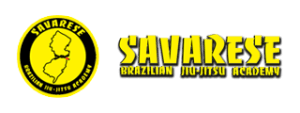Making progress in Jiu-Jitsu
Making progress in Jiu-Jitsu
Making progress in Jiu-Jitsu is no easy feat. It will take maximum effort from you. There are a thousand obstacles that you will run into daily, weekly, monthly and yearly. There will be days you swear you’re getting worse rather than better, times when you feel everyone is progressing faster than you, moves that seem to work well on you but which you can’t seem to perform on anyone. Understand that maximum effort is not just about how hard you can push your body, it’s about how long you can push your mind. As long as the mind leads, the body will follow. No matter how tired your body may be if you can keep your mind active you will never stop. To tell a personal story, back in 2001, I tore my ACL/PCL/LCL in a tournament final. We didn’t have many of the medical advancements we have today. The rehab was hell. But some of my best days in rehab came the day after some of my worst. It taught me a valuable lesson about never giving up, never giving in, living to fight another day. I took on the quote by Jim Rohn-“if you really want to do something, you’ll find a way, if not, you’ll find an excuse” as my own personal mantra. Keep your mind in the game by constantly setting new goals, asking yourself what you can change to improve progress and studying the great athletes of past and present and researching how their knowledge can translate into your progress. There is more video out there than ever for this process. Find someone w/ a similar body type to follow. Physical exhaustion is normal and, within common sense limits, a good thing in so far as it indicates the kind of effort required for excellence. This will pass with a good meal and a sound nights sleep. But mental exhaustion is fatal as the body won’t follow a despondent, unmotivated mind. Look for ways to stay mentally engaged and motivated and physical fatigue will never stop you in making progress in Jiu-Jitsu.
if you enjoyed this article, check us out daily at www.njbjj.com for more BJJ related advice
